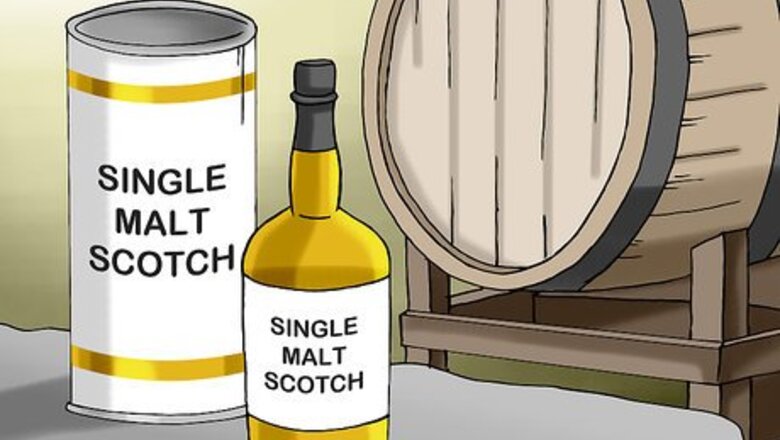
views
X
Research source
To order scotch, you first have to learn the differences between types of scotch. Next, have a discussion with the bartender and figure out exactly how you want your scotch served.
Choosing Between Scotch Types
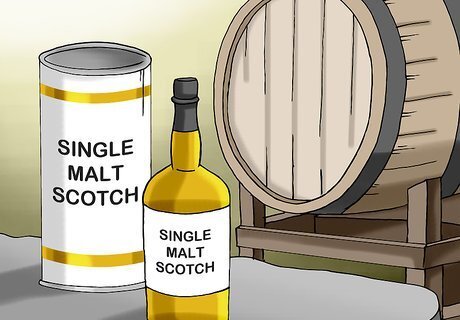
Pick a single malt for the purest flavor. "Malt" indicates that only barley was used to make the whiskey. Single malt scotches are made in a single barrel by a single whisky distillery. It's not blended with another type of scotch.
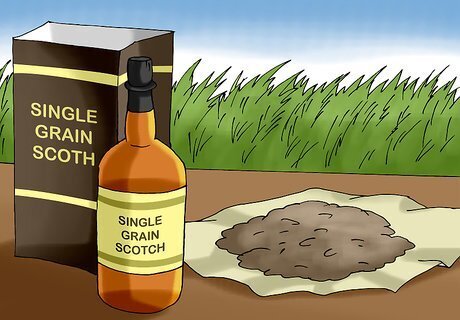
Choose a single grain scotch for sweetness or spiciness. Single grains, like single malts, are made at 1 distillery. They are typically made with malt barley and 1 other type of grain, such as wheat, rye, or corn. The aged versions of this type of scotch tend to be a bit cheaper than single malts, but they can be just as flavorful. Corn can give scotch a sweet, vanilla or maple flavor, while rye gives it sweetness and spiciness. Wheat gives it a bready, sweet flavor.
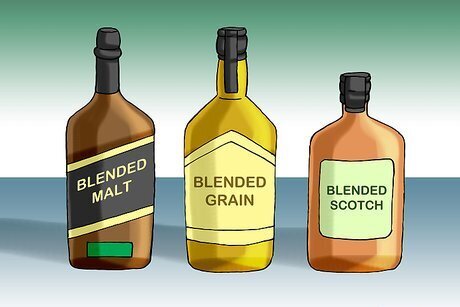
Opt for a blended scotch for a more budget-friendly option. Blended scotch comes in 3 varieties: blended malt, blended grain, and blended scotch whisky. Blended malt refers to a scotch that mixes multiple single malts in one bottle, while blended grain refers to mixing multiple single grains in a bottle. Blended scotch whisky is a mixture of both single malts and single grains. These scotches can come from multiple distilleries. The flavors of blended scotches vary greatly. For instance, some might emphasize peat flavor, while others are in search of a mellow flavor. No single flavor defines these blends, so you just have to choose based on what you like. Because blended scotches can have several whiskys in the same bottle, they are usually not as high in quality as a single malt. If you're new to drinking scotch, you may want to start with a blended scotch to acclimate your taste buds to scotch and save a little money.
Deciding on Flavor

Choose aged scotch for more flavor. The longer the scotch sits in the barrel, the more flavor it's going to have. Some scotches are aged over 100 years, which develops the woody flavor. Of course, the more aged it is, the more you'll pay. Scotch must be aged at least 3 years, and if the bottle has a number on it, that typically indicates how long it's been aged. However, age isn't everything. Some people like very aged whiskys, while others prefer newer ones. Try different varieties to decide what you like. The longer the whisky is aged, the more flavor it will absorb from the barrel, but that doesn't necessarily mean it will taste better. Aging whisky too long can actually ruin its flavor.

Know your regions. While each distillery produces unique scotches, you'll find some similarities based on the region the scotch comes from. The 5 regions are Speyside, Highlands, Lowlands, Islay, and Campbeltown. The Speyside region is known for a nuttier, fruitier flavor, due to the fact that it uses less peat (or sometimes none). It also favors a sherry cask. Glenfiddich, Glen Moray, The Macallan, The Glenlivet, and Tomintoul are all from this region. Whiskys from the Highlands have a bit more variety. Some are heavy and smokey, while others are floral and light. Glenmorangie, Dalmore, Ardmore, Dalwhinnie, and Glengoyne are from this area. In the Lowlands, scotches tend to be a bit mellower and more floral because they are triple distilled. You'll find flavor notes like ginger, toffee, toast, cinnamon, cream, and grass. In this area, you'll find Glenkinchie, Girvan, Linlithgow, Auchentoshan, and Strathclyde. Islay whiskys tend to be heavier with notes of peat smoke and salt. Ardbeg, Kilchoman, Bunnahabhain, Bowmore, Laphroaig, Lagavulin, Caol Ila, and Bruichladdich call this region their home. In the Campbeltown region, you'll find both heavier, smokier whiskys and lighter, citrusy whiskys. Mull, Sky, Orkney, Tobermory, and Jura are from this area.
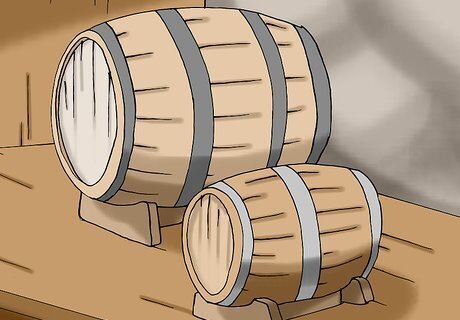
Check for different sizes and types of casks. The type of casks used to age the scotch also affects the flavor. All scotch is aged in oak, though different types of oak may be used. The size of the cask can also affect the scotch. Smaller casks mean the scotch comes to maturation faster, while large casks need to be aged for much longer. American oak produces a mellower flavor, while European oak produces a stronger flavor. If a scotch is advertised as "first fill," that means it's the first time the cask was used to make scotch. It often means more flavor. After that, it's referred to as a "refill" cask.
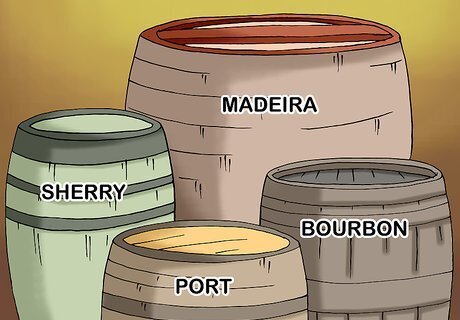
Pay attention to what spirit was aged in the cask before. Most often, scotch is aged in casks first used for another spirit, which changes the flavor, depending on what spirit was aged it in before. The most common spirits are sherry, madeira, port, and bourbon, but many other types are used as well. The previous spirit obviously affects the flavor of the scotch. For instance, bourbon gives the scotch a sweet vanilla caramel flavor, while madeira imparts a fruitiness and spiciness. Port gives it a dried fruit flavor, but it can make it sweeter or drier depending on the port. None of these types of casks necessarily produce a superior scotch. Rather, it's all in what you prefer, taste-wise.
Making Your Order

Have a conversation with the bartender. If you don't really know what you want, it's fine to talk to the bartender about it. They can help you figure out the best scotch for you, particularly if you've never had it. If you have an idea of what scotches you like or even other whiskys, begin with that. If they have that, great. If they don't, the bartender can help you navigate their selection to find something similar.

Order a double in Scotland. If you're ordering in Scotland, you may want to opt for a double. A single dram of scotch is just 0.25 centilitres (0.085 fl oz). That's not much, so you may just want to start with a double.
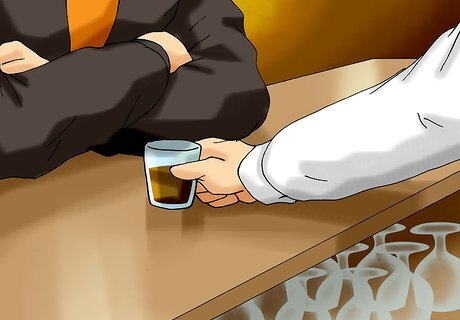
Ask for your scotch neat if you just want the scotch. "Neat" means you want the scotch in a glass. You won't get ice or water in it, just the scotch. It will be served at room temperature.

Request it with a splash of water. Most Scots drink scotch with a bit of water, so don't feel bad about adding it to your drink. All you need to do is ask for a "scotch with a splash of water" to have it added to your drink. If you prefer to add it yourself, you can ask for a water side instead, which means your scotch will come with a small glass of water. Then you can pour in how much you want.

Say "on the rocks" for ice. If you're ordering a drink in the U.S., ask for it on the rocks to get it over ice. In Scotland, you may need to ask for how many "lumps" of ice you want, 1 or 2. However, when you add ice, you lose some of the flavor, as you can taste more when the drink is at room temperature.

Skip the mix-ins. Of course, you can drink scotch how you want to drink it. However, if you want to appear like you know what you're doing, don't mix scotch with anything but ice or water. It's meant to be enjoyed on its own.



















Comments
0 comment